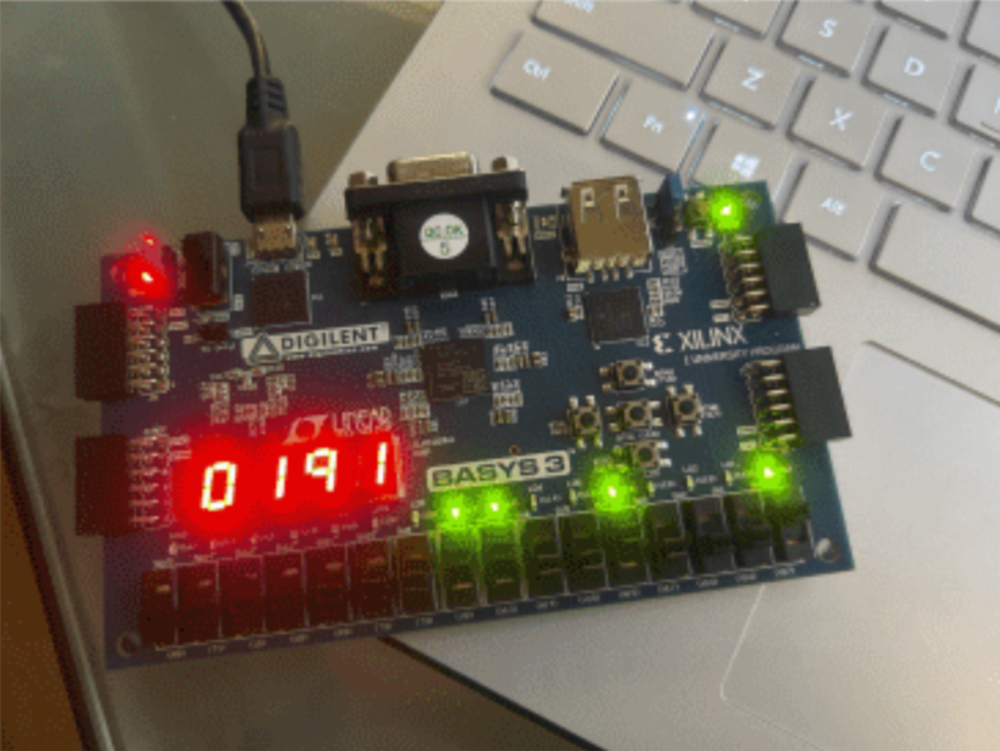
SAILGate - Capstone
A student team at Penn State Behrend explored the idea of building a domain-specific hardware language (DSL) embedded in ParaSail—one that lowers to VHDL for use with standard gateware toolchains.

Penn State Behrend
This was an ambitious project. VHDL is explicit and strict and has that familiar Ada-like feel. But it's not the most expressive hardware design language out there. Recently, there's been a shift toward writing hardware in higher-level, more flexible languages. Projects like Chisel and SpinalHDL (Scala), Clash (Haskell), and Hardcaml (OCaml) have shown how much a change in perspective—and paradigm—can reduce the effort needed to describe hardware.
They used a programming language called ParaSail, designed by Tucker Taft. It shares Ada's spirit but introduces features like full reflection, which can be interpreted and compiled. Its middle end is written in Ada. A student team (Rebekah Andrews, Aisen Lopez-Ramos, and Ethan McDonough) at Penn State Behrend explored the idea of building a domain-specific hardware language (DSL) embedded in ParaSail—one that lowers to VHDL for use with standard gateware toolchains.
To make that work, they had to define the semantics of their DSL and then implement it by extending both ParaSail's front end and parts of its Ada-based middle end. They pulled it off! AdaCore was impressed by their determination and their work depth.
You can check out their project here


